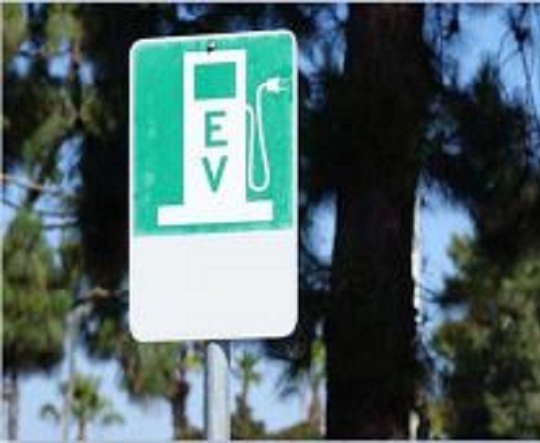The central government has so far (until September 10, 2020) supported over 27,000 electric vehicles (EVs) by way of demand incentive amounting to about Rs 95 crore under the phase of the Faster Adoption and Manufacturing of Hybrid and Electric Vehicles (FAME-II) India scheme.
In a written response to a question raised in the Rajya Sabha, Union Minister for Heavy Industries and Public Enterprises Prakash Javadekar said that “under Phase-II of FAME India Scheme, 27,201 electric vehicles have been supported till 10.09.2020 by way of demand incentive amounting to about Rs 95 crore,” the minister said.
Further, 5,595 electrical buses have also been sanctioned to various state/ city transport undertakings under Phase-II of the scheme. This involves government incentive of around Rs 2,800 crore, he said.
He also highlighted that the department of heavy industry has also sanctioned 2,636 electric vehicles (EVs) charging stations amounting to Rs 500 crore in 62 cities across 24 states/ UTs under the FAME India scheme phase II.
The main objective of the scheme is to encourage faster adoption of electric and hybrid vehicles by way of offering an upfront incentive on the purchase of electric vehicles and also by way of establishing necessary charging infrastructure for EV. The second phase of the scheme will be implemented over a period of three years between April 1, 2019, and March 31, 2022. It is the expanded version of the FAME India-I which was launched on April 1, 2015.
Recently, the minister had said that he is hopeful that India would be able to achieve its goal of reducing its carbon emissions by 35 percent in the next ten years.
Addressing a session on Action Agenda for Sustainable and Self Reliant India during the 15th Sustainability Summit 2020, the minister said “India is walking the talk on climate change. Our work on Ujjwala, electric vehicles, BS-VI engines, biofuels, clean air, and disaster resilience pave the way for a sustainable and resilient India. Targeting 35 percent emission reduction, we have reached 21 percent already and in 10 years, we will achieve the target.”













